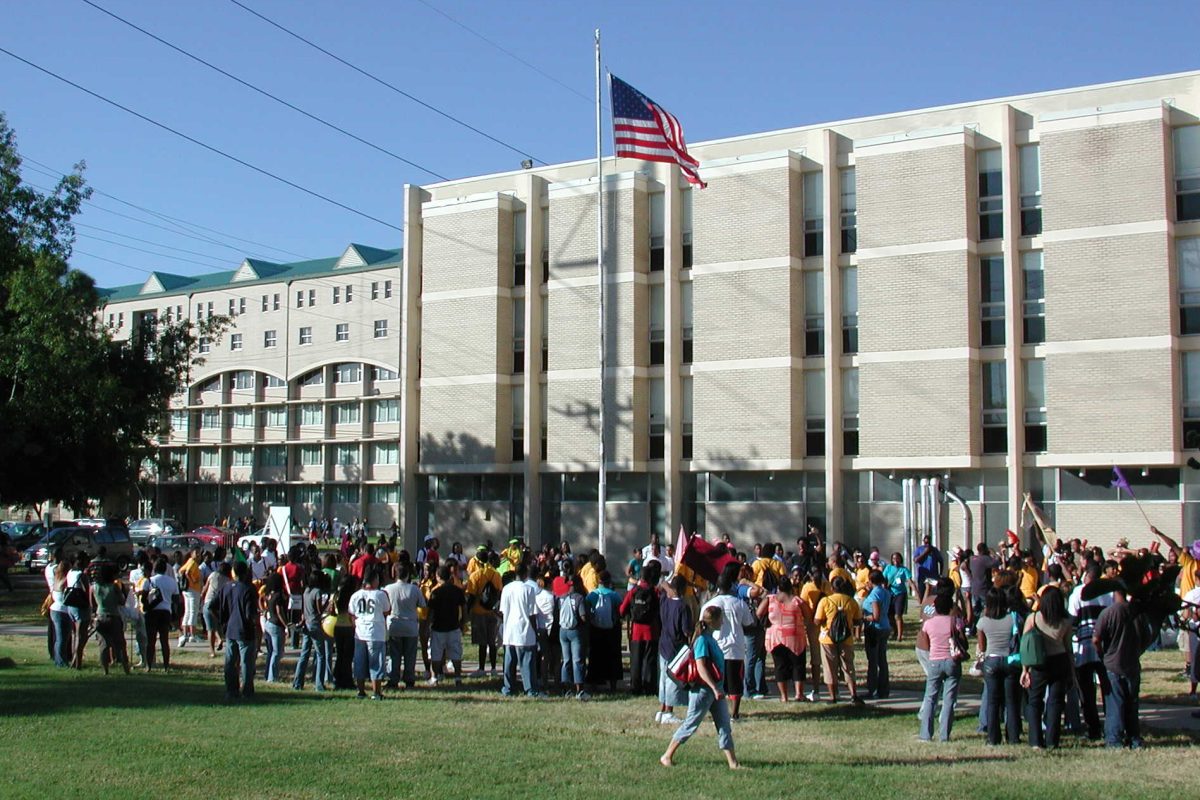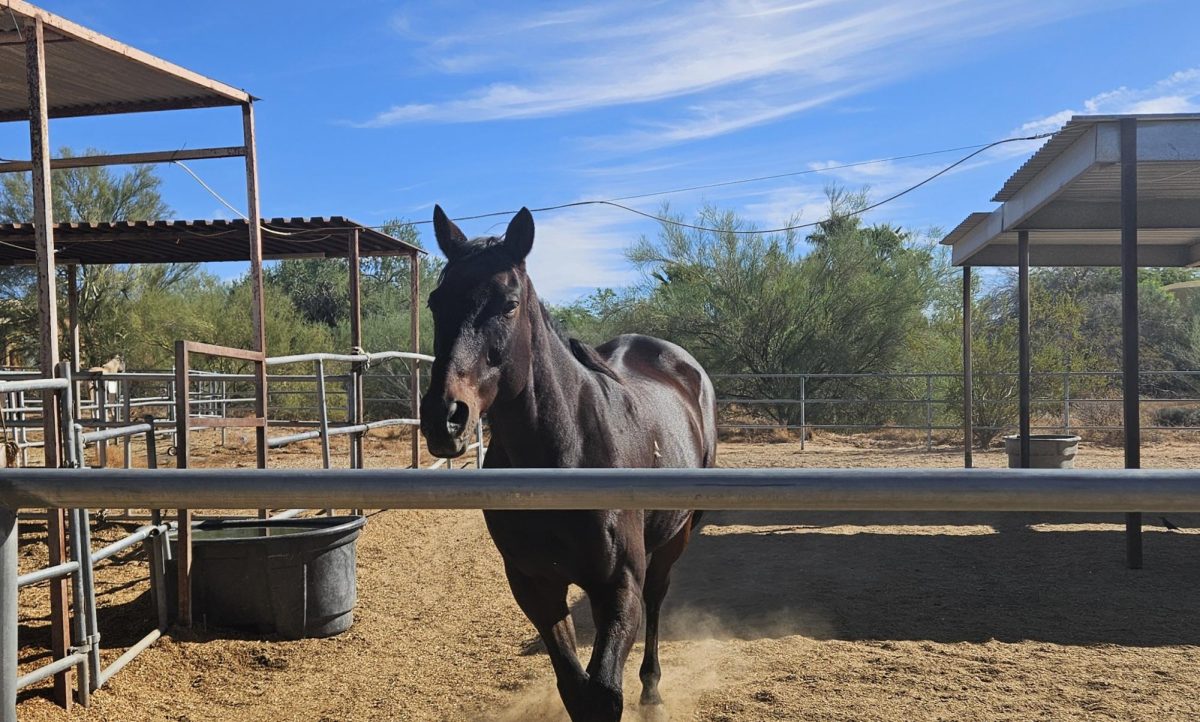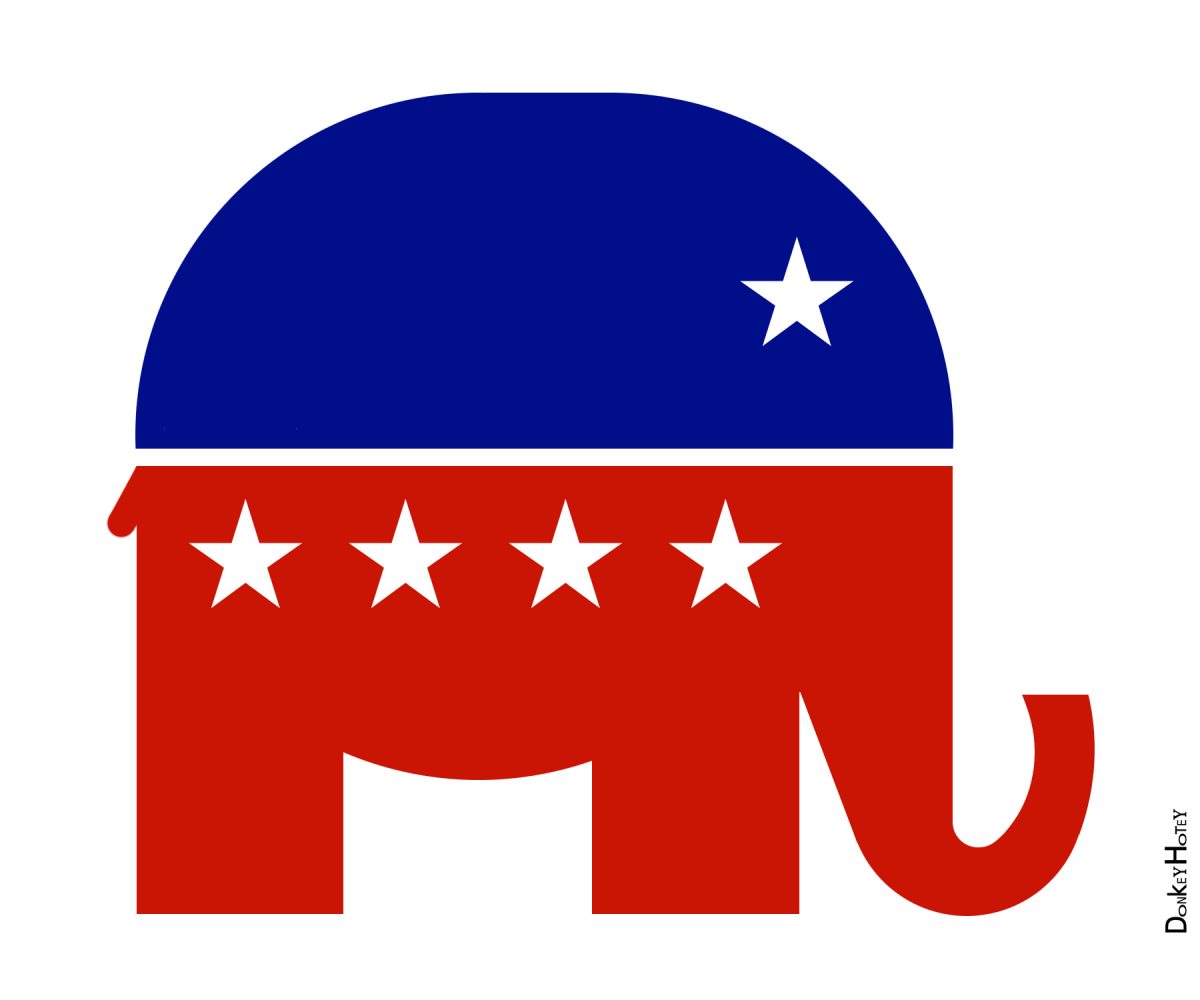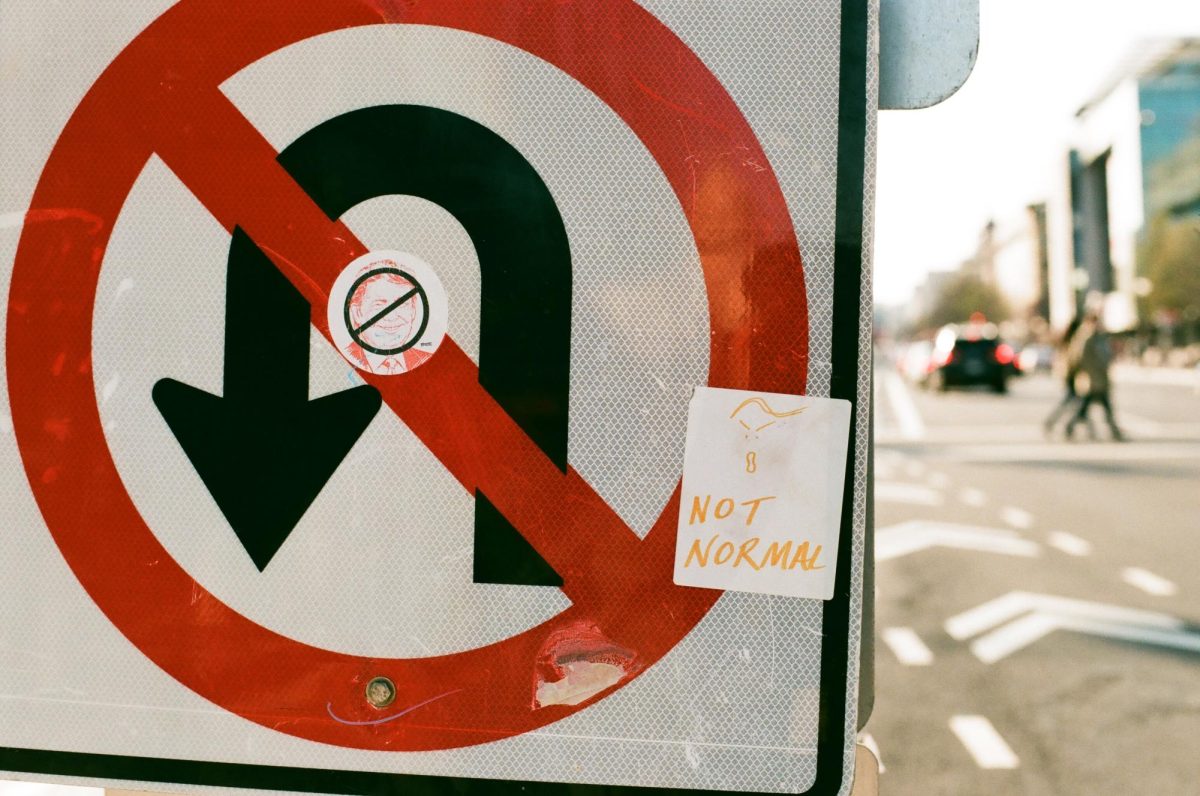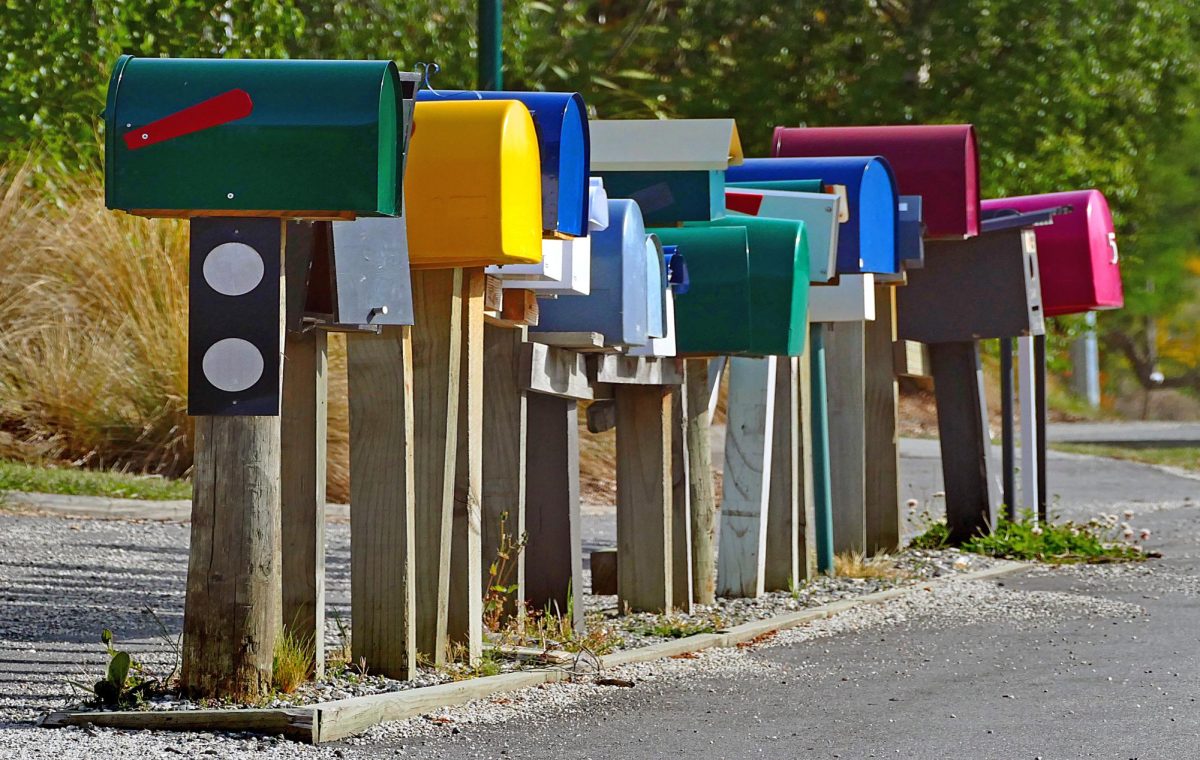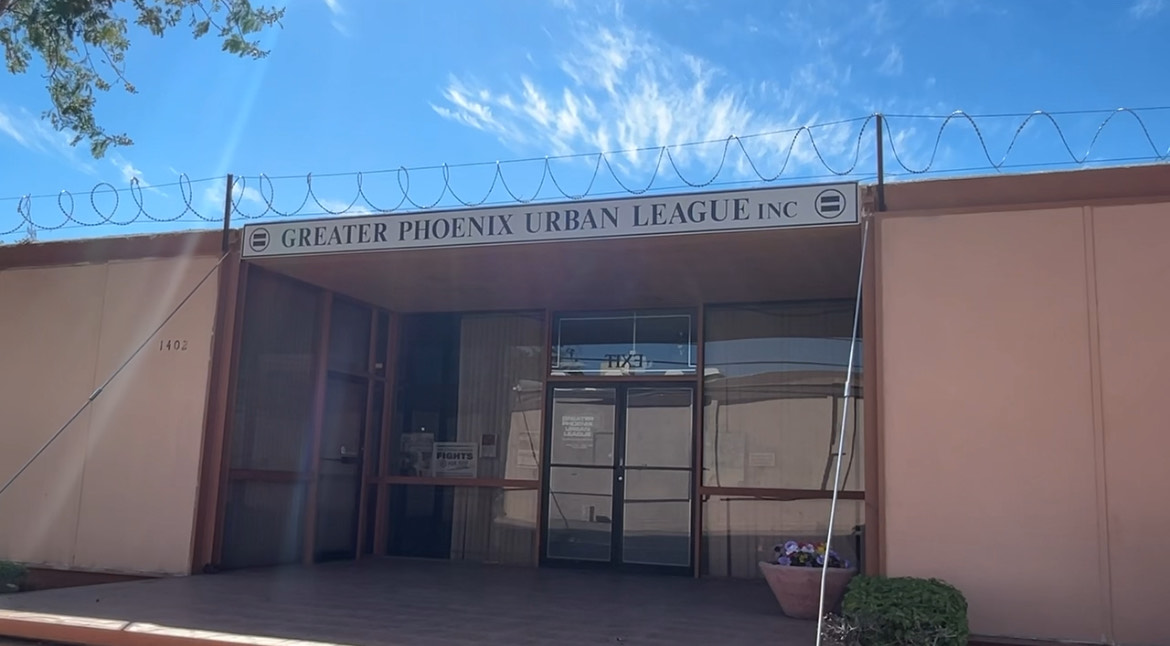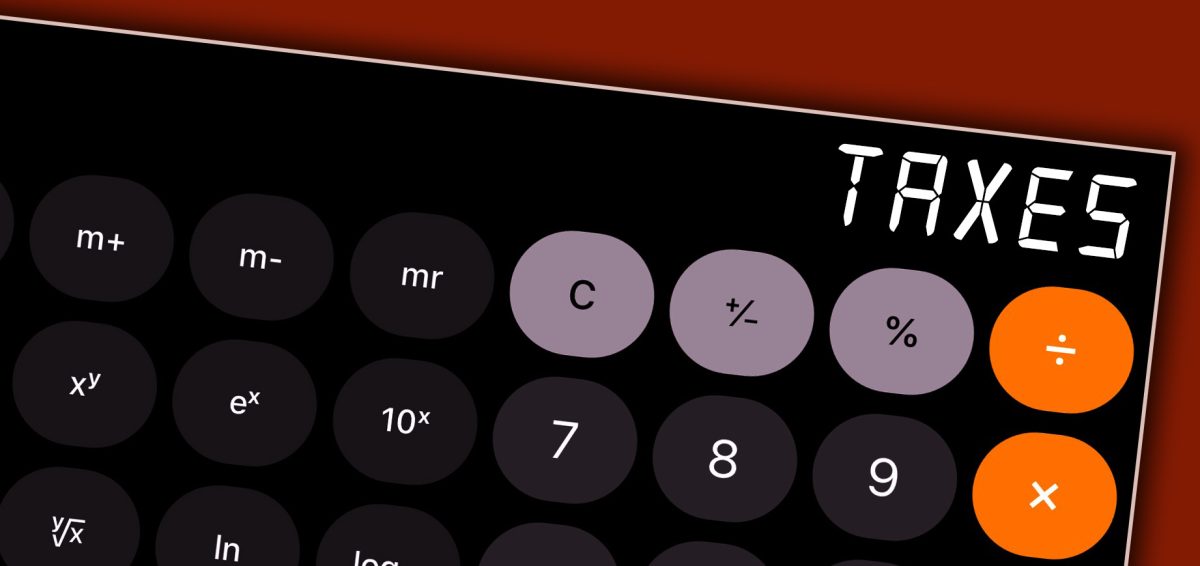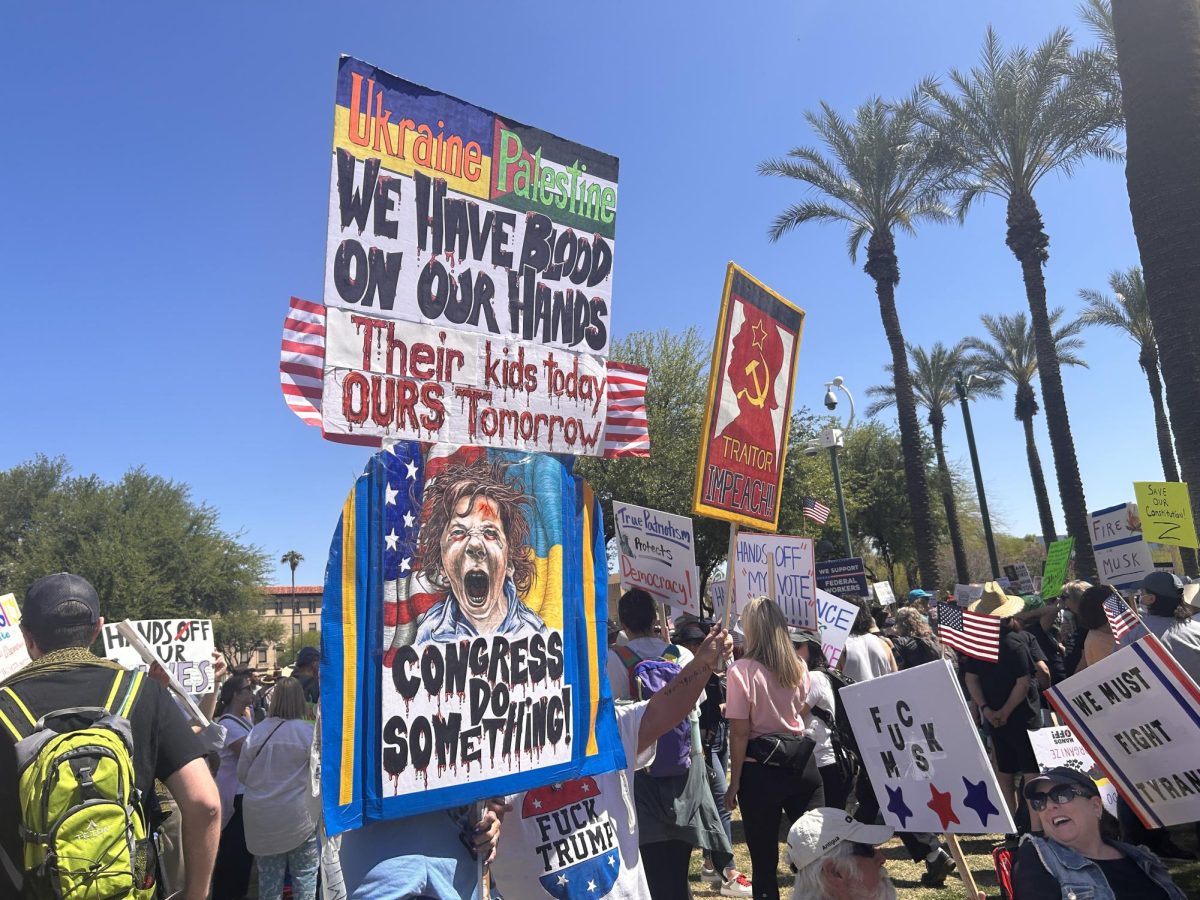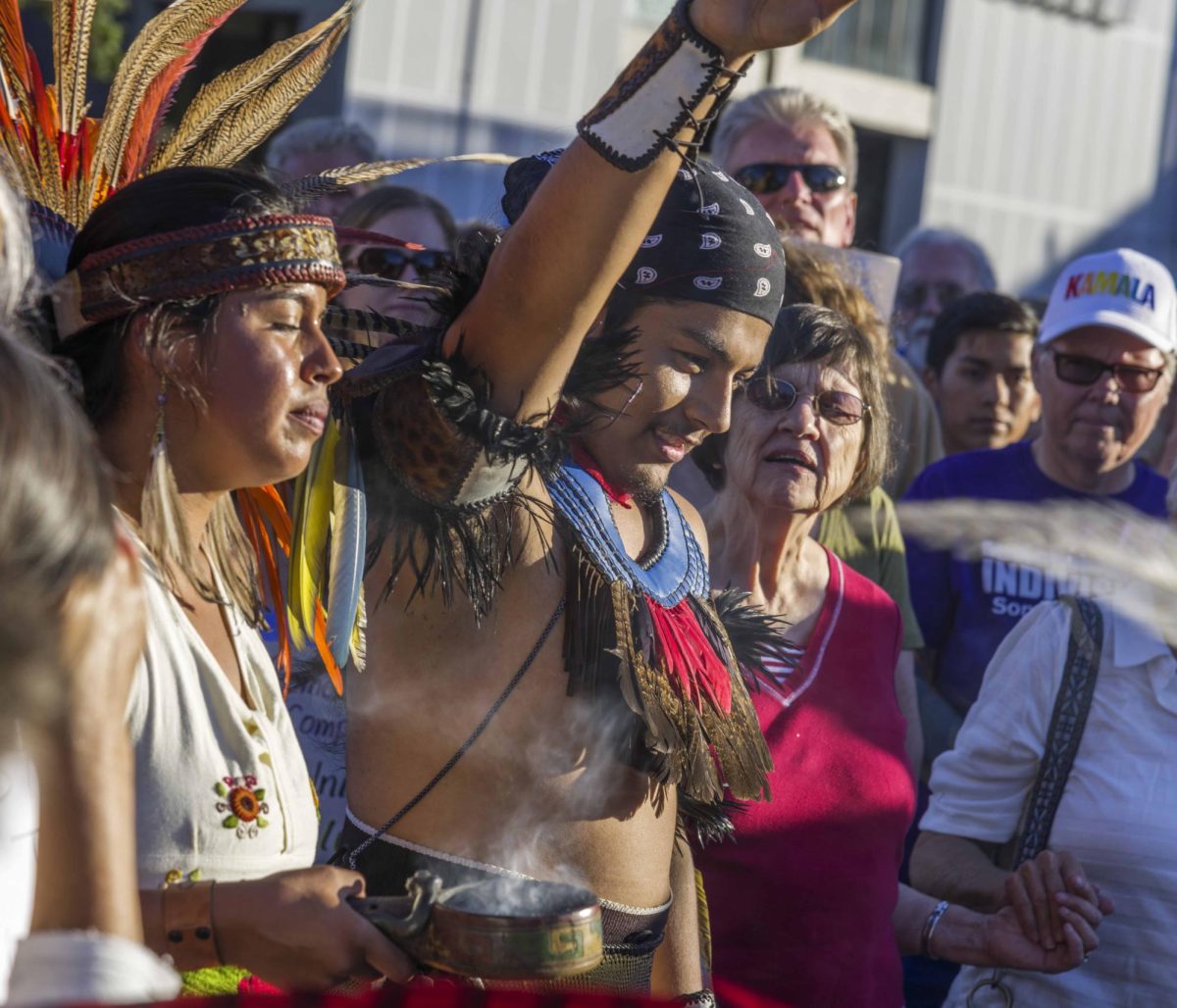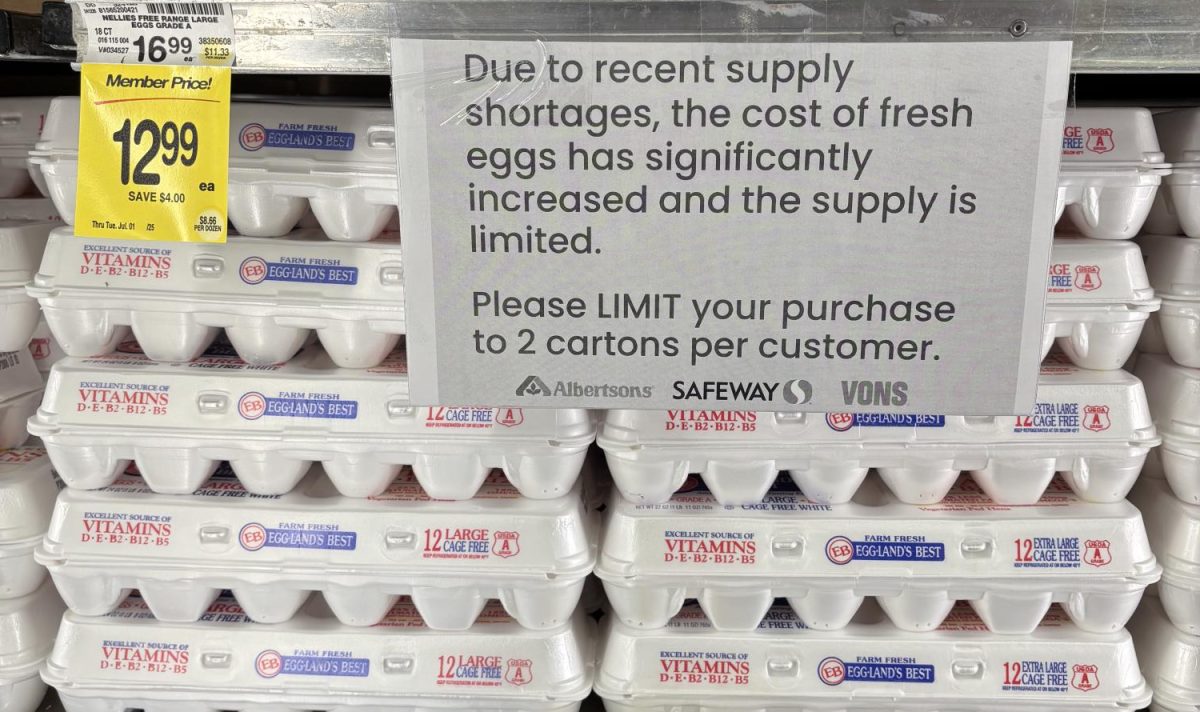The pandemic was the cyclone that hit U.S. public education.
School closures, desperate and confusing moves to virtual at home instruction, student isolation and stress along with teachers used to students occupying seats in class being forced to quickly adapt to mechanical online functions and replacing engaging in-class discussions, one on one communication and feedback. But America adapted—teachers and students got better at employing, even thriving, in some cases, with virtual learning.
The experts said it would take time before schools returned to normal—but a new normal has emerged of how young people see education and more importantly, how they view their educational environment and the data shows that many students are not returning to classroom instruction as quickly as was anticipated.
Most people believed that students would gradually return to school once the pandemic was under control—but the numbers are showing a slightly different pattern, namely—a more permanent demand for online learning options and preferences.
The pandemic hit education hard and the after-effects have kept in class instruction from rushing back.
Educators, administrators, learning experts, psychologists and scientists are researching all the reasons why this has happened.
In a recent RAND study, U.S. schools that offered virtual schools—and these offerings were mostly for “students with unique circumstances,” went from 3% to an unprecedented 26%. The same RAND study showed that “by June 2021, the number of school districts with a stand-alone virtual school rose to that 26% and of the remaining schools districts, another 23% were interested in offering online school.”
Online learning during the pandemic was the emergency solution to keeping the priority of education in front of students
The RAND study co-authored by Heather L. Schwartz, a senior policy researcher at RAND stated in a 2023 Smithsonian article that it will take a lot of time and dedication to tracking the evidenced findings during and after the pandemic. The results of online virtual learning could help U.S. education grow and improve future educational offerings to students.
Schwartz warned, “it won’t happen overnight and that effective learning, no matter online or in the classroom won’t happen if schools aren’t employing best practices in the physical classroom, learning from mistakes, meeting individual student needs and setting clear goals with feedback.”
Has online learning infected the social heart of the traditional school?
Teachers and students alike were deeply affected by the instant change from in person socialization to an online isolation but what sort of impression has it left for both sides, and how has it affected both the teacher and student in general?
Northeast Valley News visited a local college campus to speak with those who were immediately impacted.
Ramna Sana is a faculty member at Scottsdale Community College and teaches math.
“I think from…an instructor’s point of view, what I found challenging was communication with the student,” Sana said.
Sana also witnessed the impact of virtual learning in real time.
“And then you put them behind them this thing, and then, they have so many other things to worry about, so it has impacted the students.”
Heidi Kneff-Eacot of Sinaloa Middle School also noticed stark changes in her students.
“Some of them really preferred to be online, because they felt it was easier for them,” Eacot said.
And it didn’t stop when in-person school was allowed once more.
Eacot told Northeast Valley News, “The whole first year after the pandemic across the school district, teachers were talking about problems of behavior. Because a lot of students didn’t know how to behave in a classroom appropriately.”
Students have been suffering in a kind of ambiguous silence over the immediate changes that Covid brought to the new learning environment. They had to adapt quickly and then they were isolated—and always at home.
“I mean I think I wanted to come more,” said Lilly Sar, a local student at Scottsdale Community College.
“Being online is lonely, so, coming back is like…you get to see friends, you get to see teachers and talk to them, you’re more motivated.”
Sar wasn’t the only one who prefers in person school more than online. Piper Cox, another college student described her own online learning isolation.
“Online wasn’t as good as in-person…most of the time you just didn’t learn anything online,” Cox said.
Student Race Michael noticed a massive change, especially in freshmen and sophomores.
“I noticed that a lot of people, a lot of students who were freshmen and sophomores coming back to school or beginning school had a hard time getting used to it,” Michael said.
Online classes have become more and more available since the pandemic, as it seems that students and teachers have had some time to adjust and to balance both.


